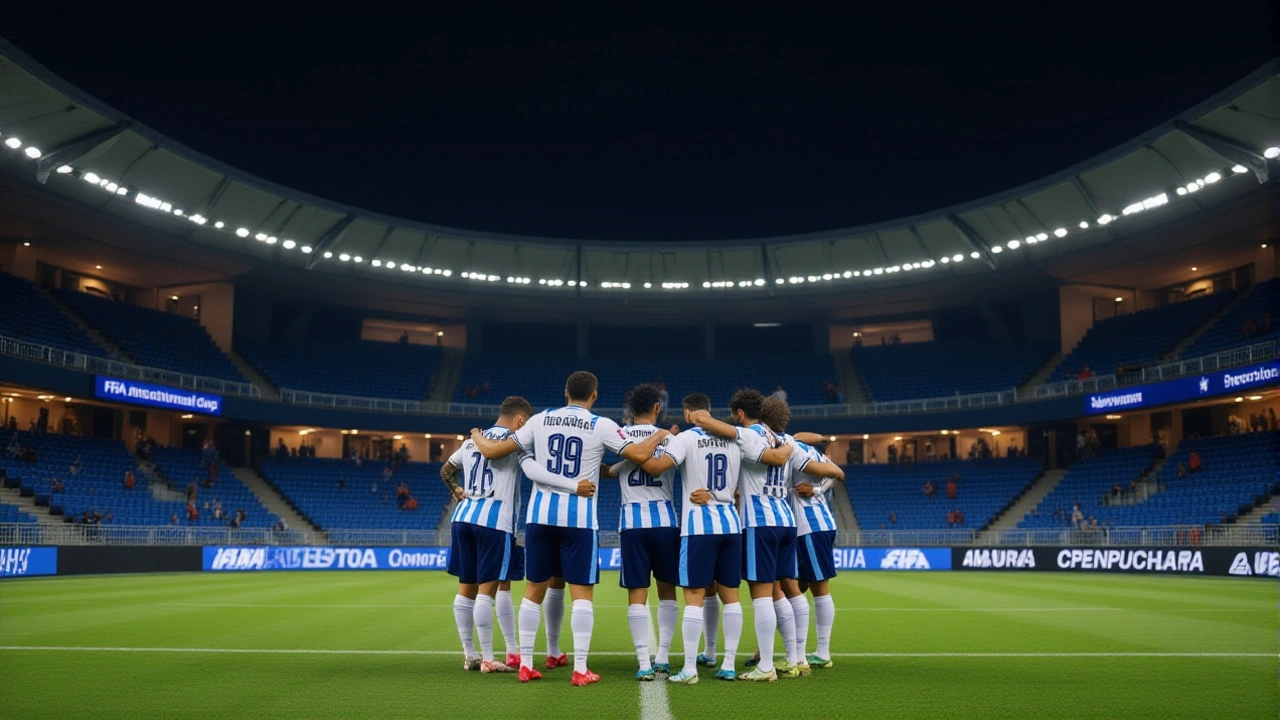Pyramids FC clinches FIFA Intercontinental Cup with Mayele hat‑trick in Jeddah
Pyramids FC clinched the FIFA Intercontinental Cup in Jeddah, with Fiston Mayele's hat‑trick beating Al Ahli Jeddah 3‑1, marking Egypt's second straight triumph.
When talking about FIFA Intercontinental Cup, a historic competition that pitted the champions of different continents against each other. Also known as the Intercontinental Championship, it served as a bridge between World Cup, the premier global tournament for national teams and the broader world of international football, the sport played by countries rather than clubs. The cup required the best national side from each continent, created memorable clashes, and often set the tone for future World Cup showdowns.
The Intercontinental Cup encompasses three core ideas: prestige, competition, and global connection. Its prestige came from the fact that only the continental champions could compete, making each match a high‑stakes showdown. The competition format demanded tactical depth – teams had to adapt quickly to different playing styles, which is why coaches often used it as a testing ground for new strategies before the World Cup. Finally, the cup forged a global connection by bringing together fans from different regions, sparking cultural exchanges and boosting the sport’s worldwide appeal.
Even though the official tournament merged into a larger club‑focused event, the legacy lives on. Fans still recall iconic moments – like the 1985 clash where a South American side overcame a European powerhouse, or the 1992 thriller that decided the best striker of the decade. Those games illustrate how the cup influences player reputation, club transfers, and national team selection. A strong performance often led to a player earning a spot in the subsequent World Cup squad, showing the direct link between the two tournaments.
From a business angle, the cup required sponsorship deals, broadcast rights, and stadium logistics, which helped shape how modern football events are organized. Organisers learned to coordinate travel across continents, manage time‑zone differences, and cater to diverse fan bases – lessons that still apply to today’s global tournaments.
Today’s readers will find a mix of articles that touch on these themes. Some posts break down classic Intercontinental Cup matches, while others compare its impact with current World Cup qualifiers. A few pieces even explore how the spirit of the cup shows up in modern club competitions, linking the past to today’s football landscape. Whether you’re a casual fan curious about historic moments or a researcher mapping the evolution of international football, the collection below offers a range of perspectives.
Below you’ll discover detailed analyses, match recaps, and behind‑the‑scenes looks that together paint a full picture of the FIFA Intercontinental Cup’s role in shaping the sport we love. Dive in and see how each story adds a piece to the puzzle of football’s international heritage.

Pyramids FC clinched the FIFA Intercontinental Cup in Jeddah, with Fiston Mayele's hat‑trick beating Al Ahli Jeddah 3‑1, marking Egypt's second straight triumph.